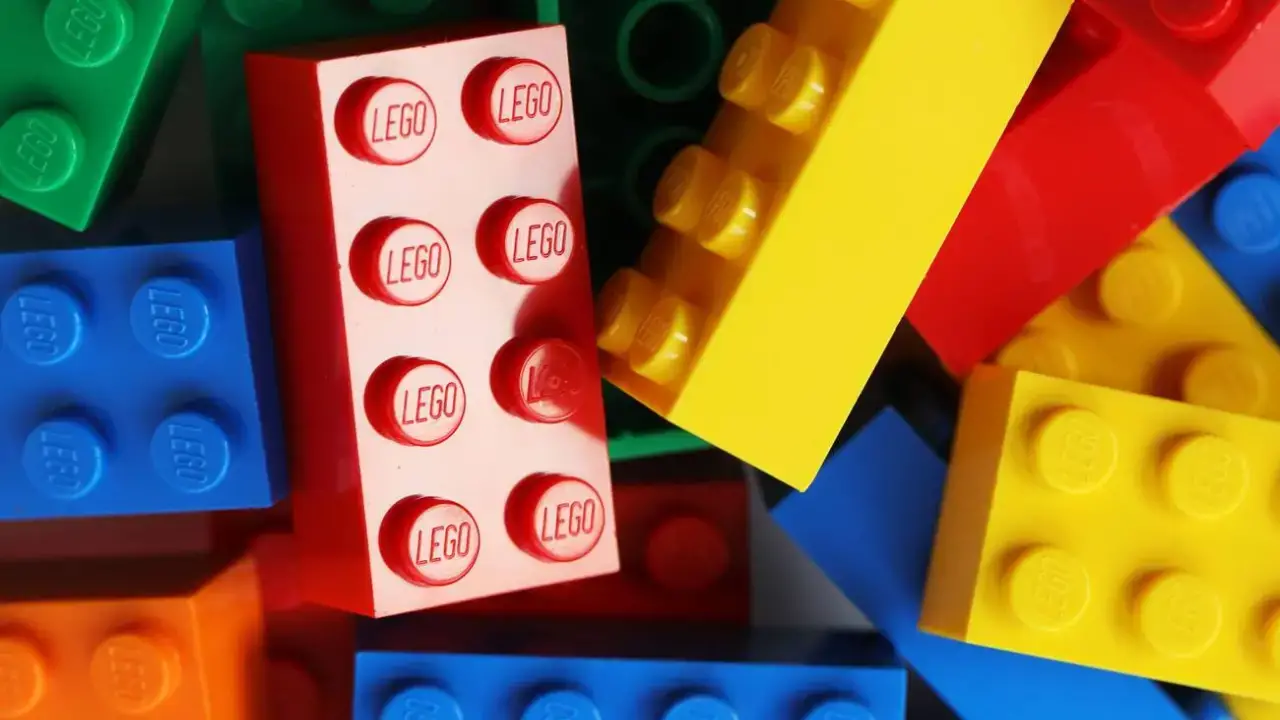
Credit: Alamy
People Are Only Just Learning What Lego Actually Stands For
Although the toy building block company Lego may be known worldwide, people are only just learning what the word stands for.
People are reacting on social media after discovering the clever meaning behind its name.
One person says: “Cool little fact.”
Another admits: “I had no idea about that.”
“Cool, I didn’t know that being a new Lego collector,” comments a third.

The Lego Group, although not known as Lego at the time, began in 1932 when Ole Kirk Kristiansen started as a small carpenter’s workshop, involving the craft of wooden toys.
In 1949, Kristiansen saw the potential in plastic bricks and tried to convince his sons of the vision, saying: “Have you no faith? Can’t you see that if we do this right, we can sell these bricks all over the world?”
Shortly after, the predecessors to Lego bricks were launched under the name ‘Automatic Binding Bricks,’ which led to Lego Mursten (Lego Bricks) in 1953.
Since then, the toy company has gone from strength to strength, being recognized as the ‘Toy of the Century’ by multiple authorities, alongside its forward-thinking developments.

In recent years, the first Lego elements made from sustainable materials have been added to the collection.
There was also success with the pilot program The Lego Foundation and the Lego Group officially launching the Lego braille bricks, helping children with visual impairment to learn critical thinking, problem-solving, and collaboration through play.
But would the Lego Group have been as successful without its simple but catchy name? Like many brands, its name has more to it than meets the eye.
As the toy building block company began in Denmark, specifically Billund, it’s unsurprising that Lego is a Danish word, or two.

When creating his company’s name, Kristiansen combined the Danish words ‘Leg Godt,’ meaning ‘Play Well.’ He was unaware that in Latin this coincidentally meant ‘I put together.’
The founder also considered the alternative ‘Legio,’ meaning ‘Legion’ – which just doesn’t quite have the same ring to it.
In the end, Kristiansen rightly felt that ‘Leg Godt’ embodied high-quality play and commitment to children’s development.
So from January 1936, Lego’s name was official.
Over the years, the iconic interlocking blocks may have undergone a makeover or two but overall its foundation remains the same – it’s a toy that allows for creativity and endless possibilities.
You really do learn something new every day!
Find out more about Lego’s beginnings here…
Did you know what Lego stands for? Let us know in the comments.
Related Article: People Are Only Just Realizing There’s A ‘Hidden Message’ In The Iconic Adidas Logo
Related Article: People Are Only Just Realizing Hello Kitty Isn’t A Cat